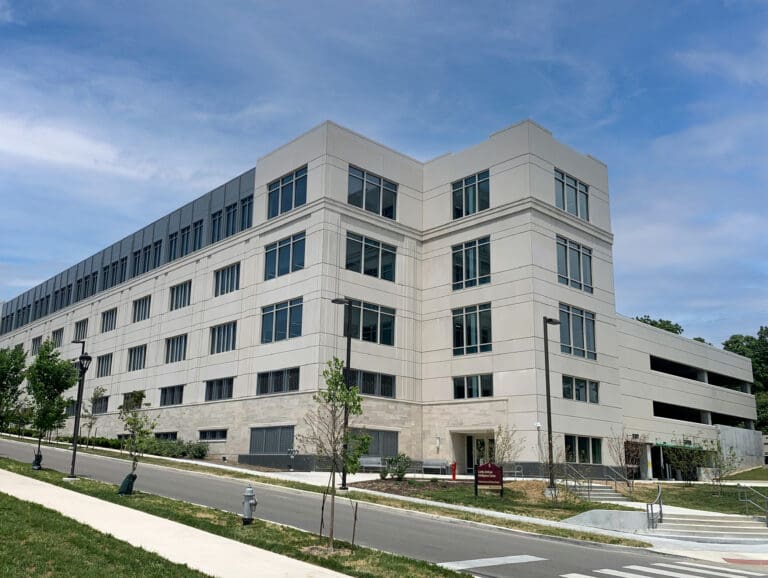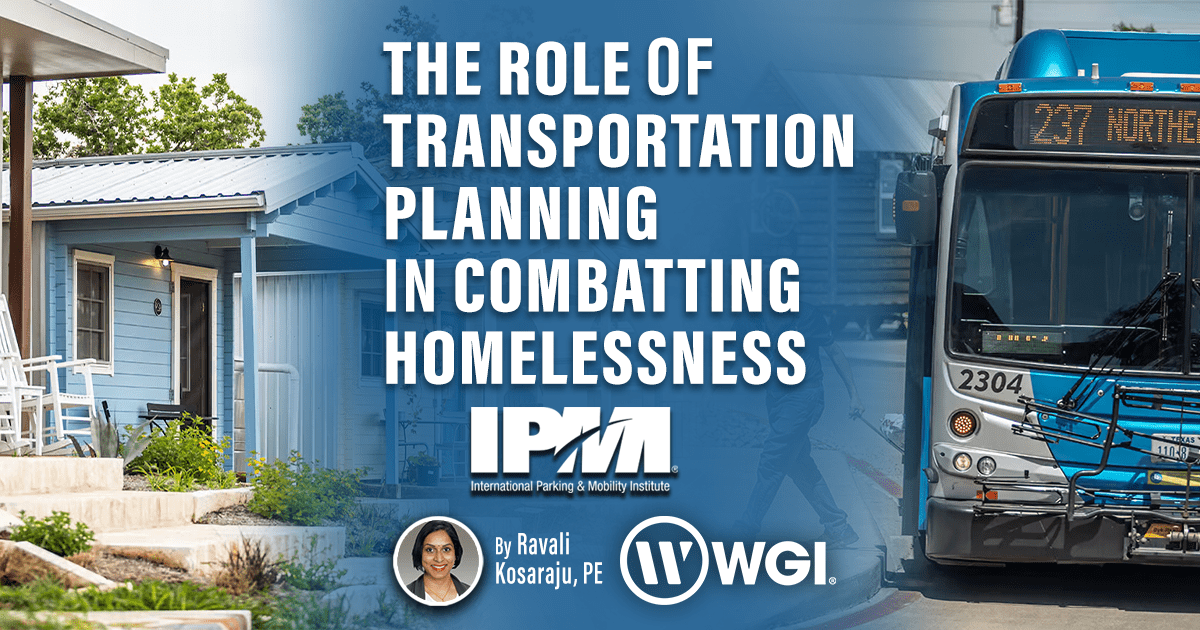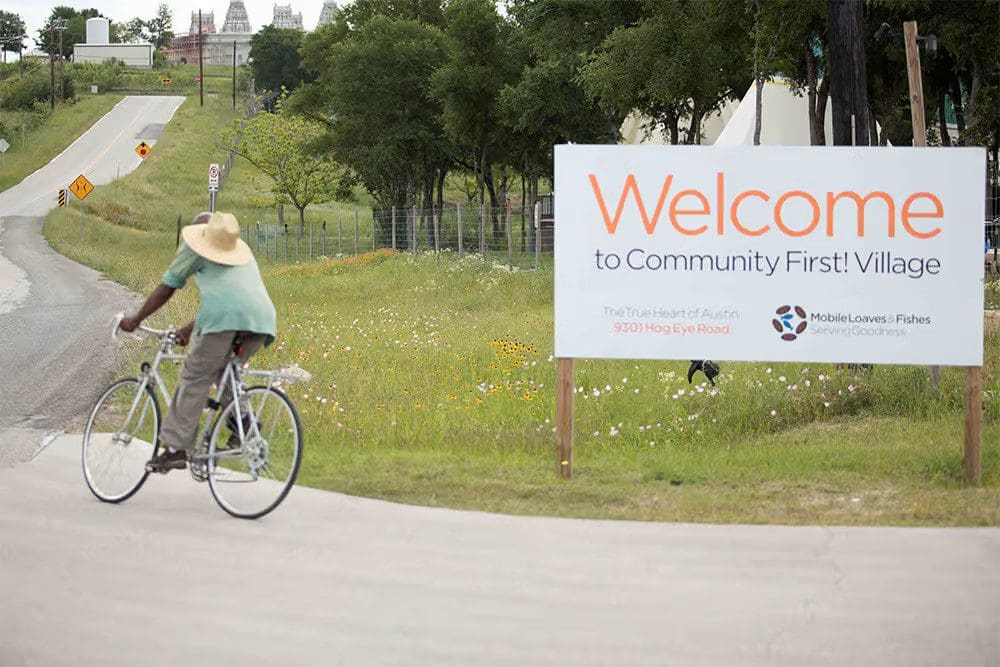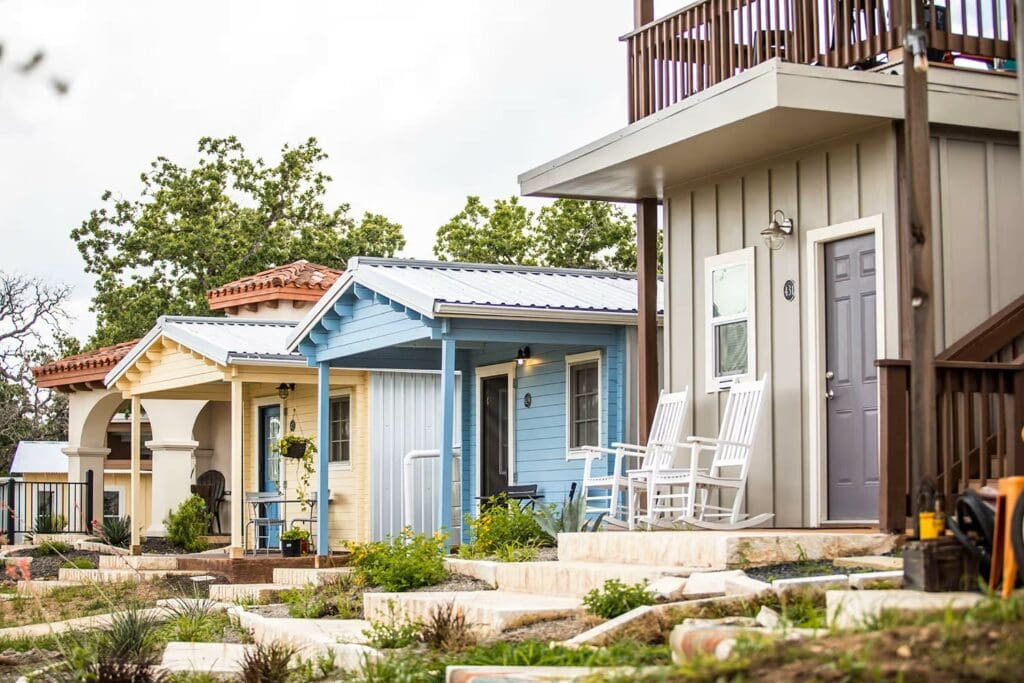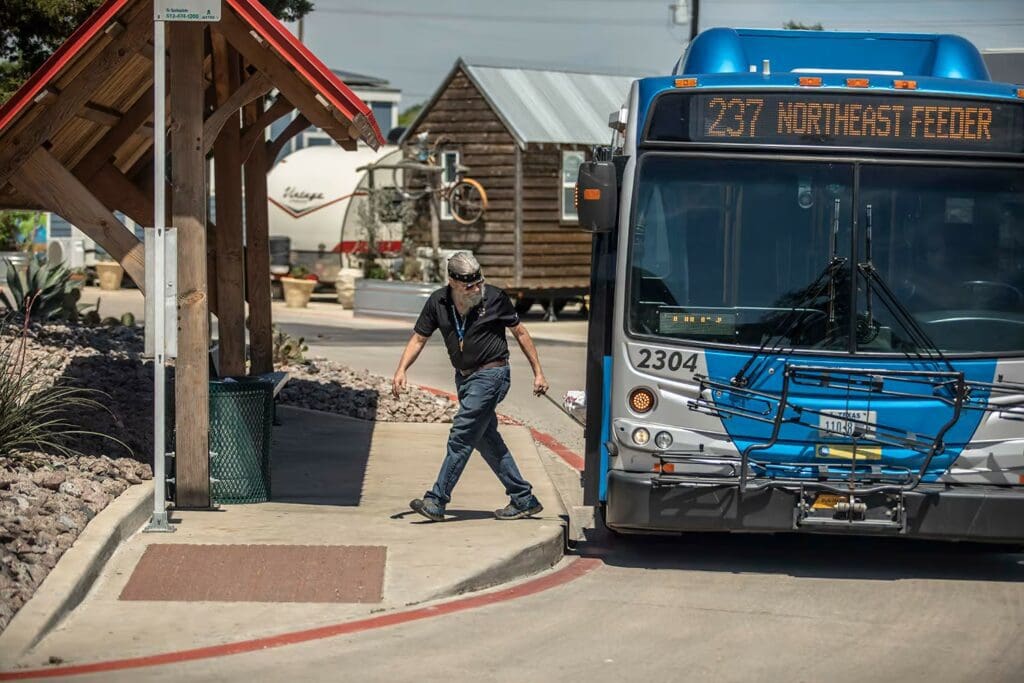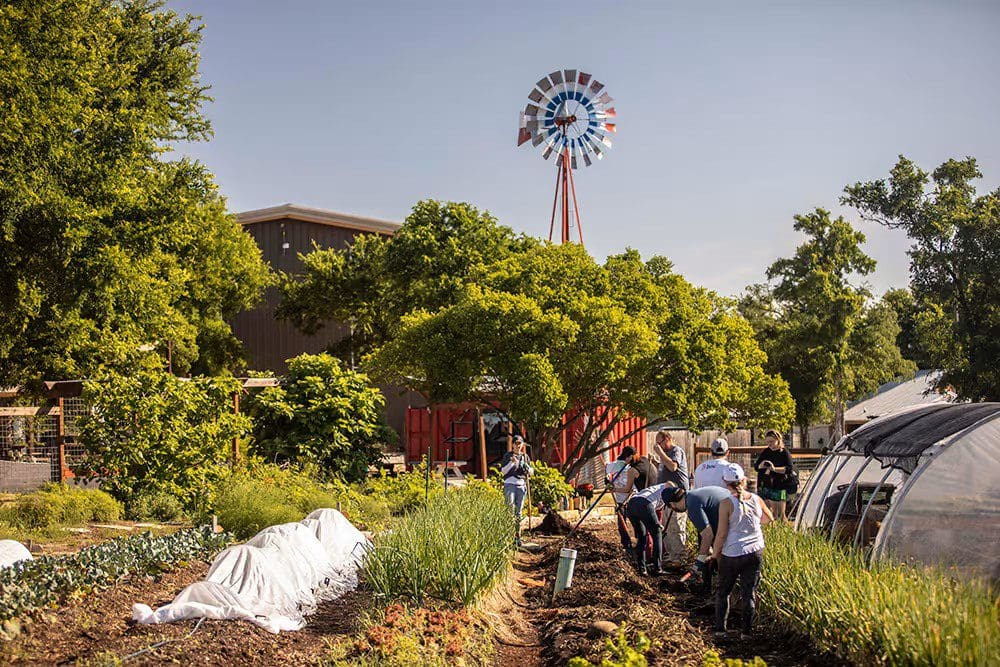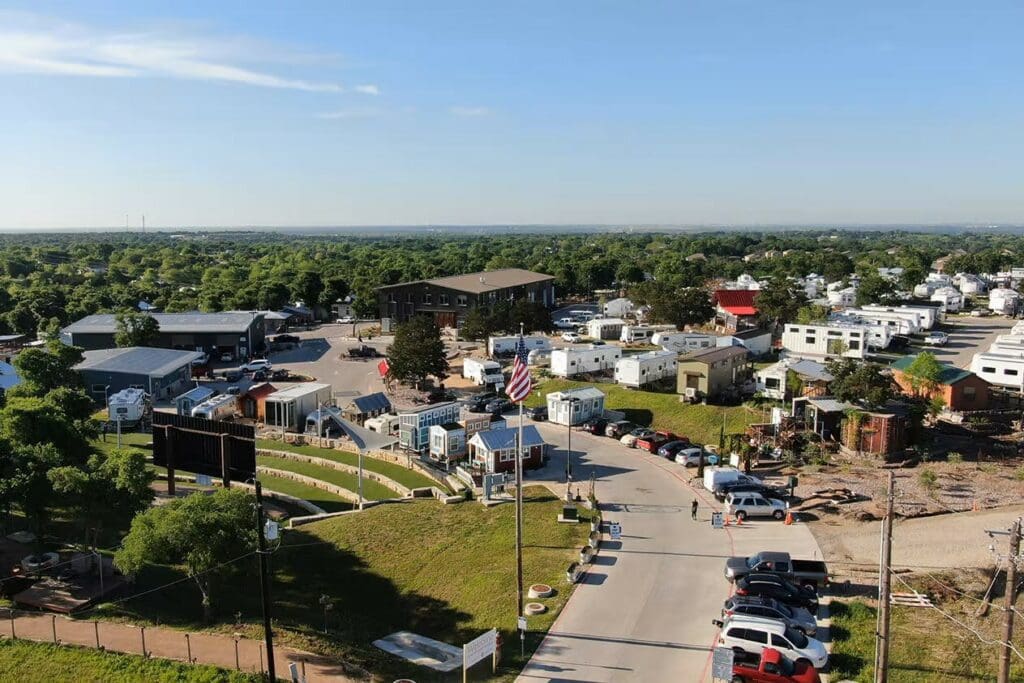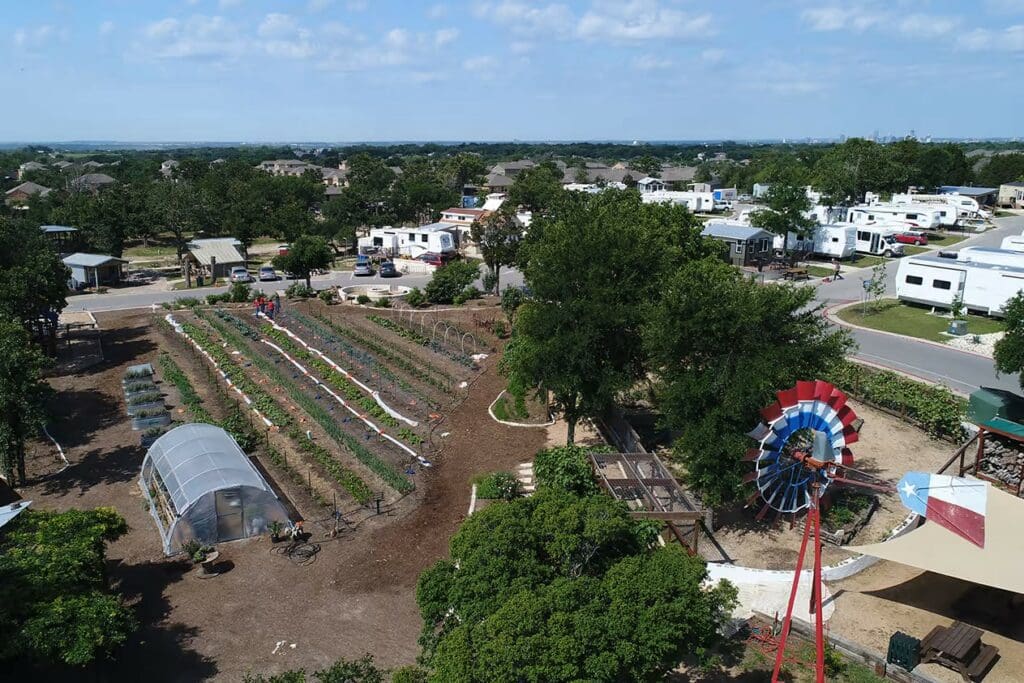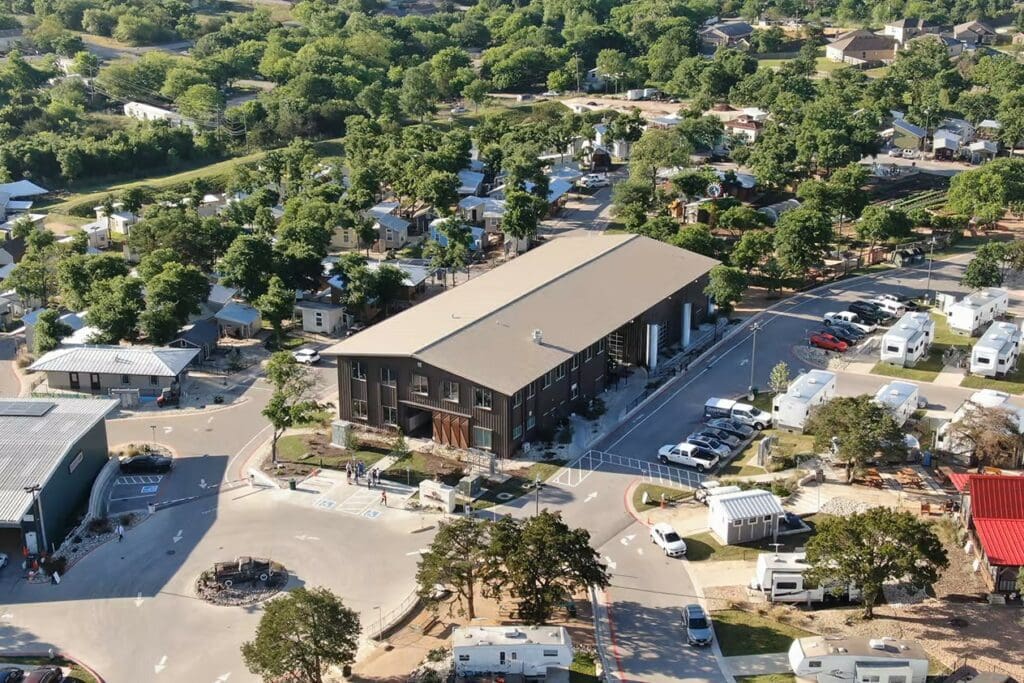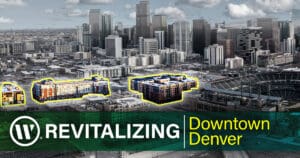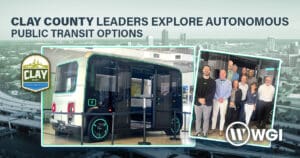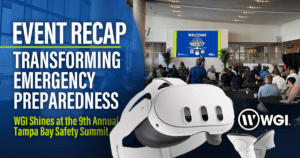In fact, the third phase of the project revolves around traffic and mobility planning. Community First Village is located along Capital Metro Route 237, a busy four-lane roadway that residents use to get into town and back.
The mobility planning effort began with a traffic study of the section of Route 237 adjacent to the development with an eye toward pedestrian control strategies. The goal was to create a safe pedestrian environment for residents crossing Route 237 on foot. Unlike traditional traffic studies, it didn’t focus on current traffic patterns and needs. Instead, it looked at anticipated pedestrian requirements resulting from the influx of new residents within Community First Village.
Usually, pedestrian control strategies are based on existing demand. However, Mobile Loaves and Fishes were working with Capital Metro to install a bus stop for residents to use, and it was essential to understand how traffic patterns would impact residents’ ability to cross the highway to access the bus stop. Capital Metro was willing to partner with Mobile Loaves and Fishes if there was a pedestrian treatment allowing residents to walk to and from the bus stop safely. The bus stop was a key to the success of Mobile Loaves and Fishes because most of the residents won’t have access to personal vehicles, so the traffic study was an essential element of the project’s planning.
Typically, when doing a traffic study for a new development, planners determine how many additional vehicle trips the development will create daily. Then developers are tasked with developing a traffic mitigation plan to minimize the impact of the new development on area roadways. Typical mitigation strategies include widening roads and adding new lanes, adding traffic lights, and introducing traffic calming measures.
But the development of Community First Village was an entirely different type of development. It won’t introduce appreciable numbers of new vehicles and vehicle trips. It will, however, result in frequent pedestrian crossings from the community to the bus stop and back. So, understanding how many vehicles use the road each day and which hours are busiest was essential.
The results of the traffic study led to the installation of a comprehensive package of pedestrian-centric design elements, including Rectangular Rapid Flashing Beacons (RRFBs), traffic control devices that are designed to help pedestrians safely cross higher-speed roadways at midblock crossings and uncontrolled intersections. The RRFBs are activated by a pedestrian pushbutton which triggers the rapid flashing in a pattern that draws drivers’ attention to the crosswalk.
Typically, these pedestrian-centric strategies wouldn’t be installed before residents moved into a complex like this because city planners would prefer to know from experience exactly what measures are required. However, it was essential to the village’s success that the bus stop be installed and operational on day one, so planners had to base their plan on anticipated needs. It took a leap of faith on the part of the County to accept the pedestrian safety plan and the anticipated utilization numbers on which it was based. However, County leaders supported the mission of Community First Village, and they were a strong and supportive partner in this process.
A Model for Success
The traffic and pedestrian planning process undertaken by Mobile Loaves and Fishes and their mobility planning partners should serve as a model for other agencies engaged in creating permanent supportive housing programs. Mobility is an essential element of any program, and when helping people transition from homelessness, it’s important to focus on pedestrian mobility and alternative transportation. As in the case of Community First Village, this requires the pedestrian mitigation process to be built around future needs rather than current requirements. It can be challenging to get local government agencies to pursue this unusual approach, but it’s absolutely essential.
Ravali Kosaraju, PE, PTOE, is the Director of Mobility for WGI and a member of IPMI’s Sustainable Mobility Task Force. She can be reached at Ravali.Kosaraju@wginc.com.





